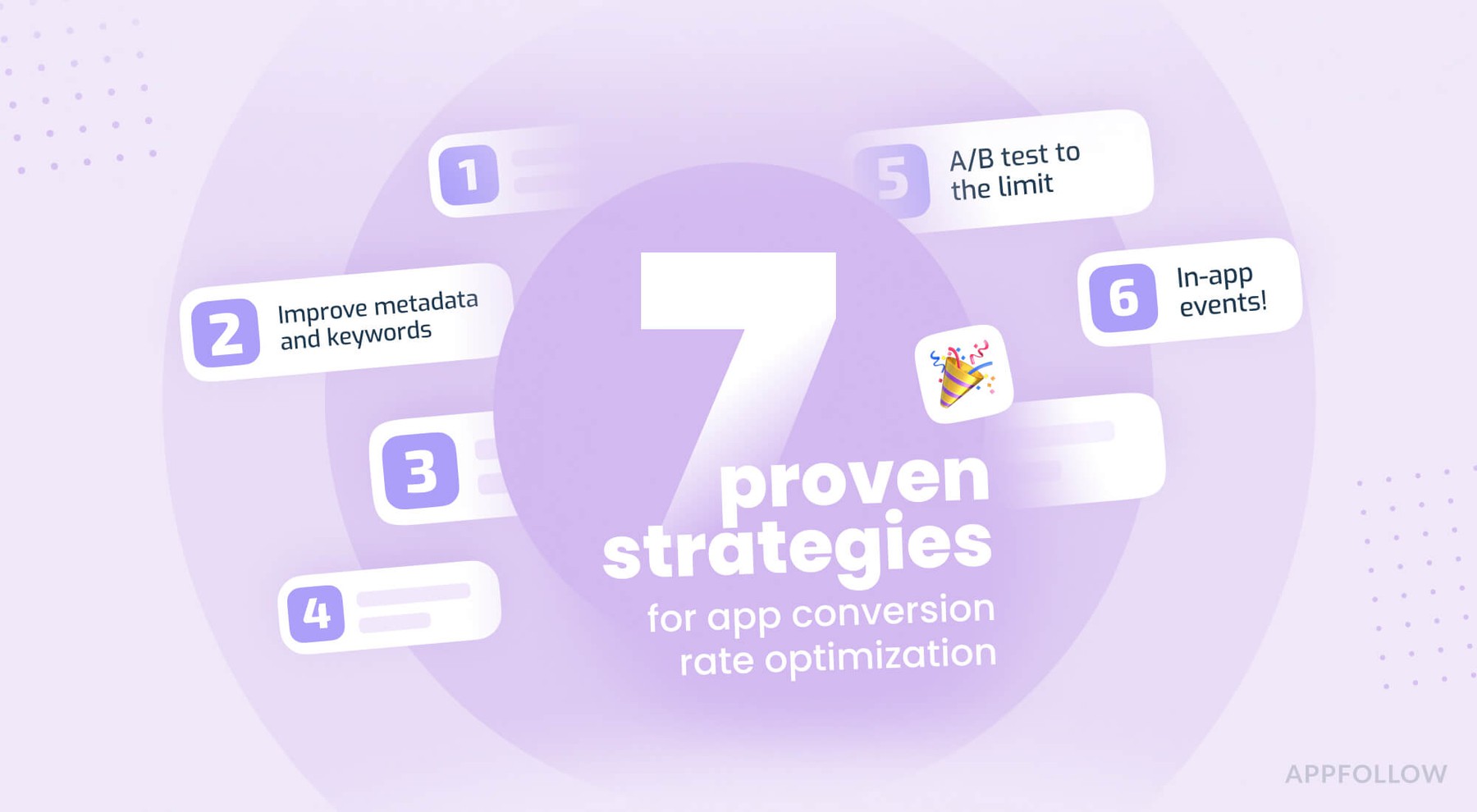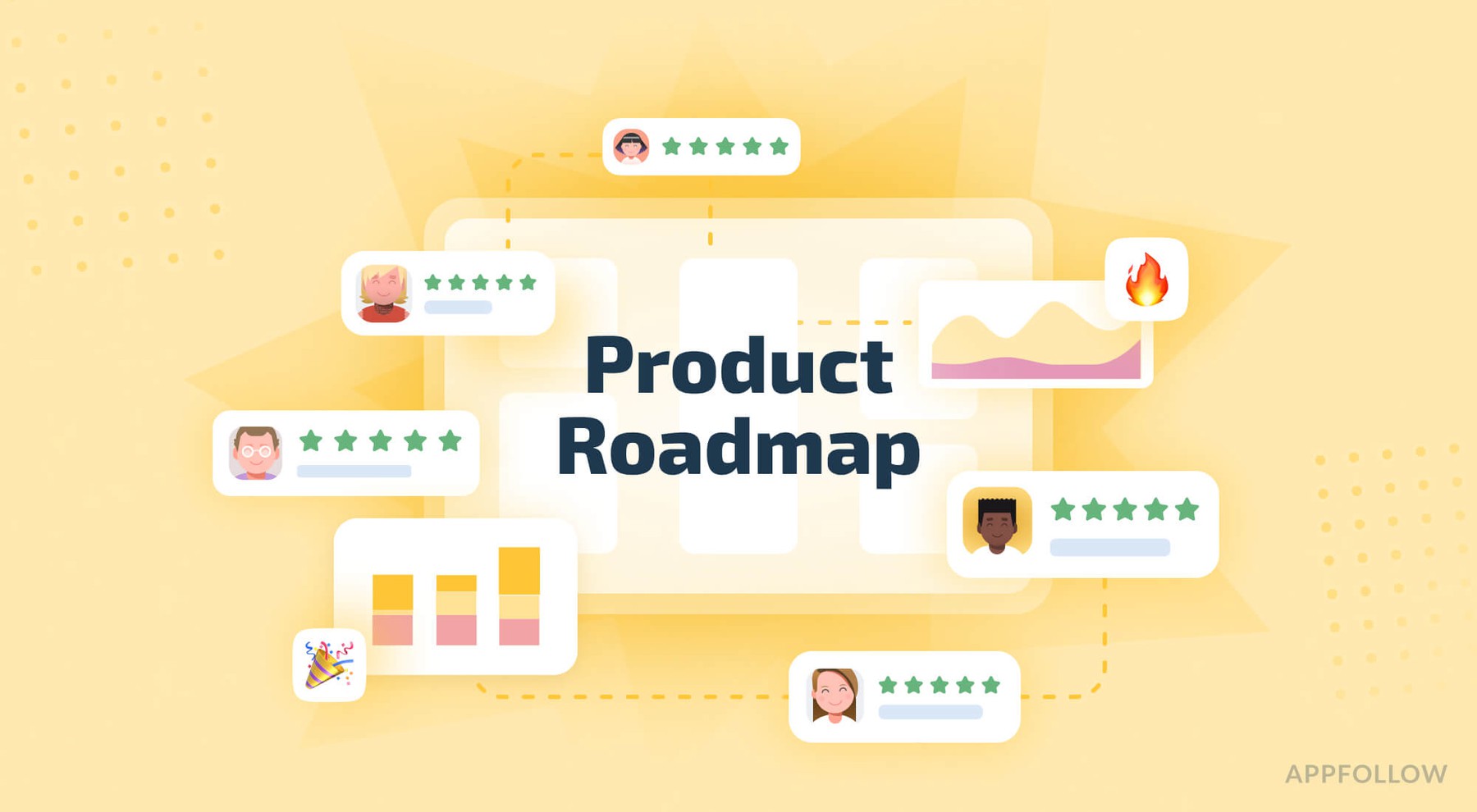Supercharging your in-app customer support: 10-step guide

Table of Content:
Mobile developers often ignore app support until they're slammed with user critiques. Only then do they wake up to the reality that their users are actually struggling with the app and demand immediate fixes.
By this point, it's typically too late. You've already alienated important customers and tarnished your online reputation.
“Get closer than ever to your customers. So close that you tell them what they need well before they realize it themselves.” — Steve Jobs
So, do you need strategies for managing in-app customer service? Let's explore that now.
What is mobile app support?
Mobile app support is about helping users right when they're using your app. Using emails, messengers, review sections, and social media to talk to users is fine, but that stuff happens outside your app.
If you're going to offer in-app support, it better actually be in-app.
Throw in stuff like live chat, a ‘contact us’ button, or even a knowledge base. Once they're part of your app, users can get help without pausing what they're doing.
After all, the competition is tough. There’s an app for everything these days—tracking your spending, ordering food, studying, you name it. Whatever you need, there's probably a bunch of apps for it.
Top-notch app support can seriously improve your ratings and bottom line:
- Users stick around longer
- Engagement goes up
- The value each user brings over their lifetime increases
- You learn product insights!
Barely any of these tons of apps bother with customer service. Why? Well, app owners have a couple of big worries about offering mobile app support:
- Managing a flood of user requests isn't a walk in the park. Not every customer service team can juggle loads of users at once, especially when the action's all happening in-app. And there are plenty of reasons for that... Think unhelpful UIs, a single messy pile where user requests stack up, and long wait times.
- Seamlessly integrating support tools into apps isn't easy. The tools out there are pretty limited, and business owners often run into problems like bad features or even clueless tech guys.
Normally, the platforms support teams use are Zendesk, HelpShift, Intercom, and many others.
In-app support is a must if you want to keep up in this crazy app world. Here’s how.
Handling in-app customer service in 10 steps
On top of working with reviews, we recommend following these steps (any and all of them) to make sure your customers are happy.
Step 1: Offer live chat in your app
Everyone loves live chat. It's fast, lets you do other stuff while you chat, and it's been getting more popular every year. Businesses with live chat see happier customers, more sales, and better retention. Millennials and younger gens hate calling people, and that’s understandable: somehow we’ve managed to improve virtually everything around us, except standard phone line quality.
So, why not slap live chat onto your mobile app? In-app live chat lets users hit you up instantly when they struggle with something. They just tap a button and boom—help's on the way. Just make sure the button's easy to find, okay?
Step 2: Match your support chat to your app’s style
Once you roll out chat support in your app, your users can bug you (haha!) anytime. But make sure your chat widget doesn't look like some weird outsider thing. You want it to feel smooth and natural for your mobile users, right?
Dress up your chat to match your app. Use your brand colors, themes, and whatever button styles you like—tweak everything so it looks like it was born there. A custom or white-label solution will be needed here.
Also, show real pictures of your support team next to their names. It makes the whole thing feel more personal. Users like knowing there are actual humans on the other side, not just robots (even if a robot starts the conversation!).
Step 3: Collect feedback and positive reviews
Mobile app owners have been asking users with in-app surveys and prompts to get feedback for ages. They work, sure, but timing these popups is a pain. How do you ask your users for feedback without screwing up their app time?
Top-notch mobile support is the answer! The best time to gather feedback is right when you're sorting stuff out in a chat. Support agents know the drill—they see firsthand what ticks users off and what makes them happy.
Plus, when users have a good time with support, they tend to drop shiny reviews and stick around longer—which is a big deal. They not only boost your app in search results but also sway people's buying habits. Would you buy a subscription for a 4.9 star app, or 3.1? Yup.
So, why not ask your users to throw some good vibes your way on the App Store or Google Play after you've wowed them? It's an easy win to get your app some buzz.
Step 4: Address negative reviews
You might have the slickest app going, but you’re still gonna catch some flak with negative reviews. Good news: your in-app support is also there to handle the tough stuff.
Treat every complaint as seriously as you would treat a chat with your VIP users. Always hit back at those bad reviews with a sorry and an explanation of what went wrong.
If someone's willing to talk, keep the conversation going. Maybe throw in a little something to make up for their hassle, like bumping them up to a premium account, unlocking some cool features, or axing the annoying ads (even if just for a while). You'd be amazed—sometimes the people who yell the loudest can turn into your biggest cheerleaders.
Step 5: Set up automation
You don’t have to run yourself ragged to give top-notch customer service in your app. Your support team can sort through tickets way smarter by using a few slick moves. You can Auto-assign tickets with something like a set of rules, split tickets between different departments and custom inboxes, and have an offline mode that doesn't leave users hanging but gives them a heads-up to wait.
Step 6: Set up a shared inbox for everything
Continuing on automation: your users will figure out how to hit you up through your in-app support faster than you can blink. But nowadays, everyone wants to talk through like a million different channels at once. A mobile app reputation management tool (like AppFollow!) can help you handle this mess and give everyone that all-the-channels-they-want experience.
A shared inbox is your catch-all for every whimper and shout from your users—every chat, email, and form submission dumps into one big pile. You can sort them by department, inbox style, or whatever you need. Slap on a screen-sharing feature, and you’re in business.
Step 7: Stick a knowledge base in your app
No decent mobile app support goes without a solid knowledge base. Just throwing in a FAQ section could make your life easier.
Put a big, hard-to-miss self-help button in your app or tack it onto your widget. This way, when users need help, they can look for fixes on their own.
Plus, you can make your job way easier by pointing users to these articles when they do reach out. Think about connecting community forums, too—they're the best for it.
Step 8: Write down some canned responses
There are only so many times you can respond to a common question before you start ripping your hair out in frustration. Situations like that are perfect for automation (which is something we recommend a lot—templates, auto-tagging, and auto-replies are the saving grace for apps with busy review sections).
Gather up all the usual suspects—billing issues, how-tos for fancy features, setup snafus, and so on. Once you’ve got your list, you can bang out detailed answers fast.
Some basic customer support apps might not let you save these as templates, but the good tools do! Store all these answers so you can fire them off fast. Toss in some placeholders for names or extra questions, and you’re golden.
Step 9: Turn on push notifications
Push notifications can really improve things. Set them up and bam—your users get your messages instantly, even if they're not in the app.
You can also get sneaky with these notifications. Use them for targeted chat blasts or automated messages to specific users. Drop news about updates, throw in a birthday shoutout, or hype up a special deal—whatever hooks their attention. Obviously, issue resolution or updates on complaints are a perfect candidate for a targeted push notification.
But hey, don't go nuts with it. Bombard folks with too much trivial junk, and they'll start finding your notifications more annoying than helpful, until the notifications are disabled, or the app gets the axe. Personally, annoying push notifications are in the top 3 app removal reasons for me.
Step 10: Send email follow-ups
Hold on, weren’t you just arguing that customer support via the mobile app should stick to the app itself?
Yeah, kinda. Having real-time help is important for keeping customers satisfied, but things get messy in chat sessions. People lose focus, and you’ve got to keep them hooked somehow.
Emails are everywhere, right? So, firing off email follow-ups is a solid way to stay on your customers' radar even after they ditch your live chat.
Afterword
Engaged users, retained customers, and a non-stop stream of good reviews might sound like a pipe dream, but seriously, it's all within reach. In-app support isn’t everywhere yet, so here’s your shot to get ahead of the game and knock your competitors down a peg.
Besides that, all support channels, including the review sections, have one big promise: customers that you care about will most likely remain your customers. A kind word goes a long way, quick attention and a personal touch may mean the world to someone out there. You never know—until you do.
FAQ
What is in-app mobile support?
That’s when users receive help without leaving the app. This type of support influences user satisfaction, retention rates, and the overall user experience, because users can solve their problems or get updates without any extra actions.
What are the challenges of in-app support?
Managing high volumes of user requests, integrating support tools within the app without disrupting the user experience, and overcoming technical limitations. Solvable with good automation hubs like AppFollow.
Does in-app support improve app ratings?
Real-time problem resolution leads to better user satisfaction. Satisfied users are more likely to leave positive reviews and higher ratings as result.
Read also
- Your company reputation management is broken. Let's repair it.






